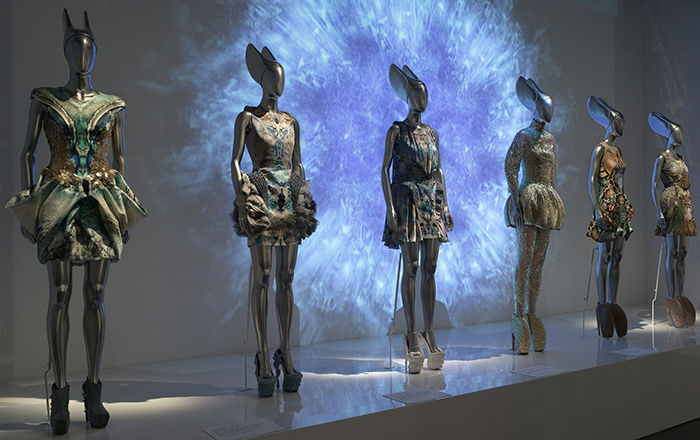Textile
Textile design attributed to Sarah Lipska Polish
Not on view
This object is from a collection of sample embroideries, which was originally owned by Morris de Camp Crawford, editor of Women's Wear Daily, who collected objects which told the story of fashion and fabric history. Included in this collection was a group of textiles which illustrated what American and French designers and manufacturers were using. According to Crawford's book The Ways of Fashion, the work of Polish artist Sarah Lipska (1882-1973) was represented in this collection. Lipska is an enigmatic figure, who is known to have worked with Leon Bakst as a set and costume designer for the Ballets Russes, and later in the 1920s as a fashion designer in Paris at 4 rue Belloni, and finally as a sculptor. Extant examples of her work are rare. Although only a few pieces in the Brooklyn Museum collection bear a label or a signature, others bear hallmarks of her work, such as a distinctive form of whip stitching on appliqué work, unusual abstract motifs, and Cubist-inspired patterns.
The embroidery on this sample is done on both sides, so there is not a right or a wrong side. The result is a textile that is more a piece of art rather than embroidery strictly to be used for dress. The way in which the stems and flowers overlap one another creates a sense of three-dimensionality and, against the emerald green ground, the colors are especially vibrant. The three-part tulip motif is reminiscent of the tulip seen in Ottoman dress and tiles, favored by nobility and symbolizing Allah, the Arabic word for "God." The inclusion of this motif signifies the interest in non-Western themes and motifs in Western design.
This image cannot be enlarged, viewed at full screen, or downloaded.
This artwork is meant to be viewed from right to left. Scroll left to view more.



